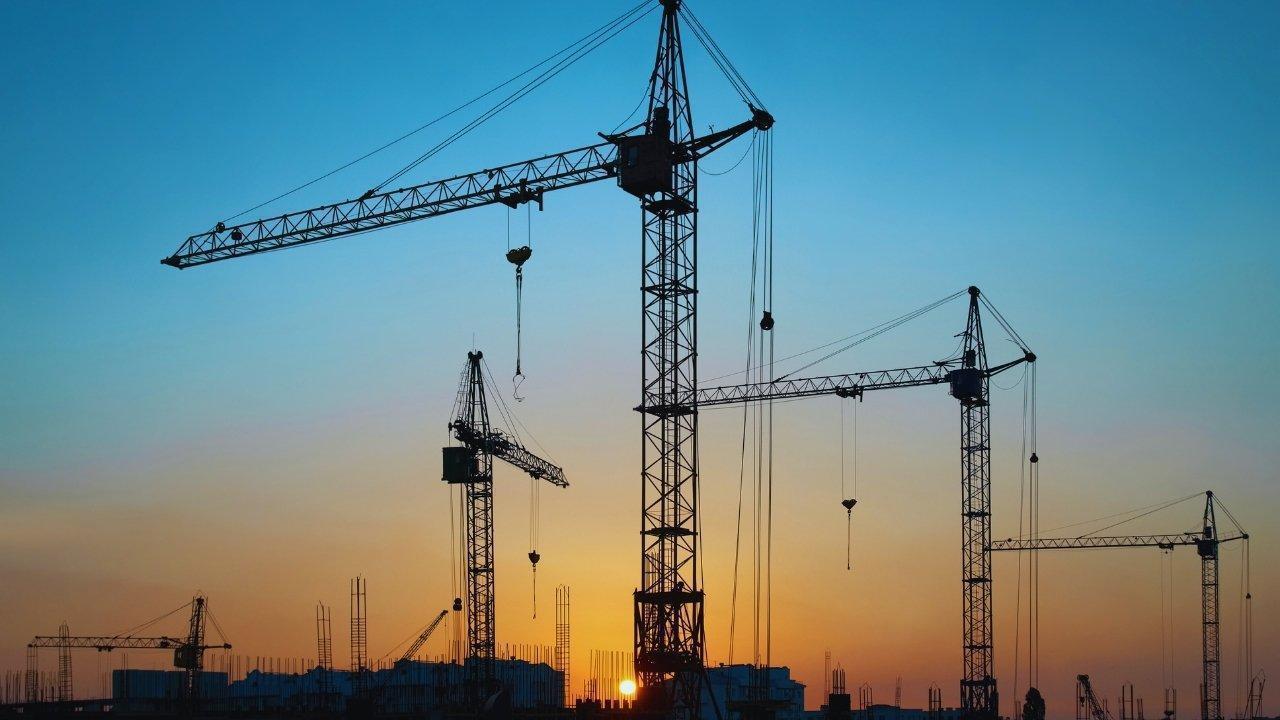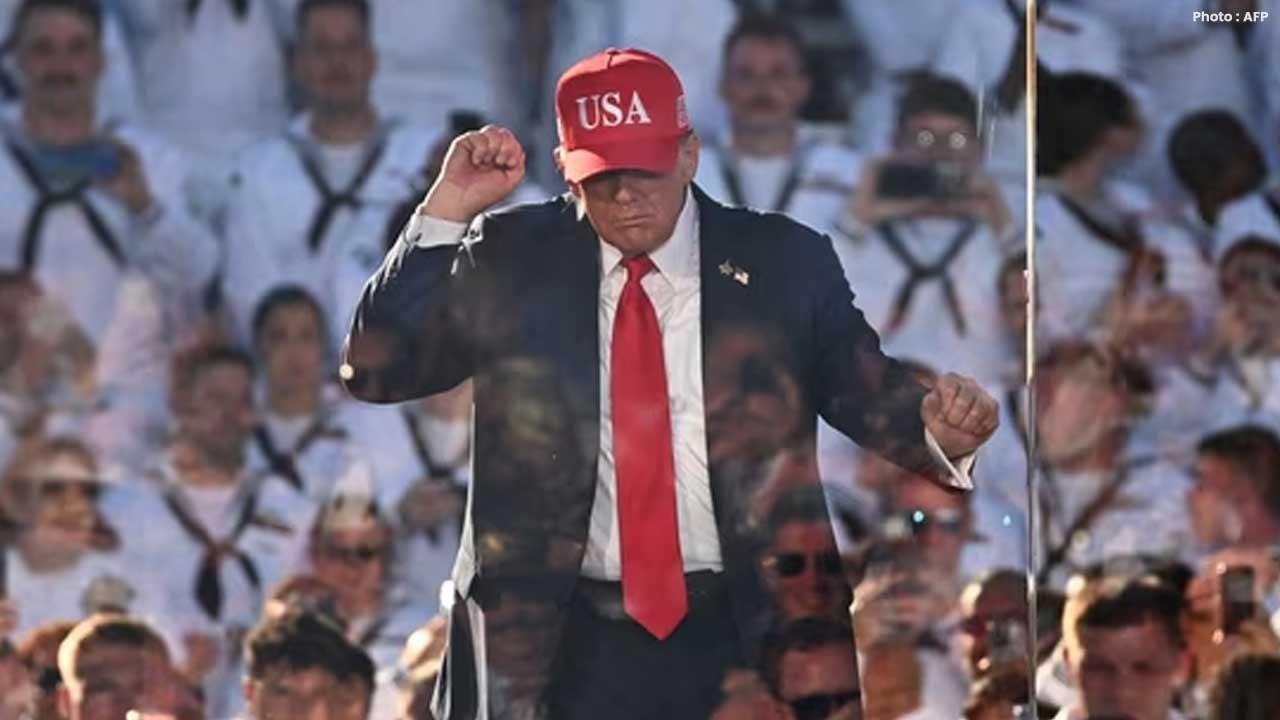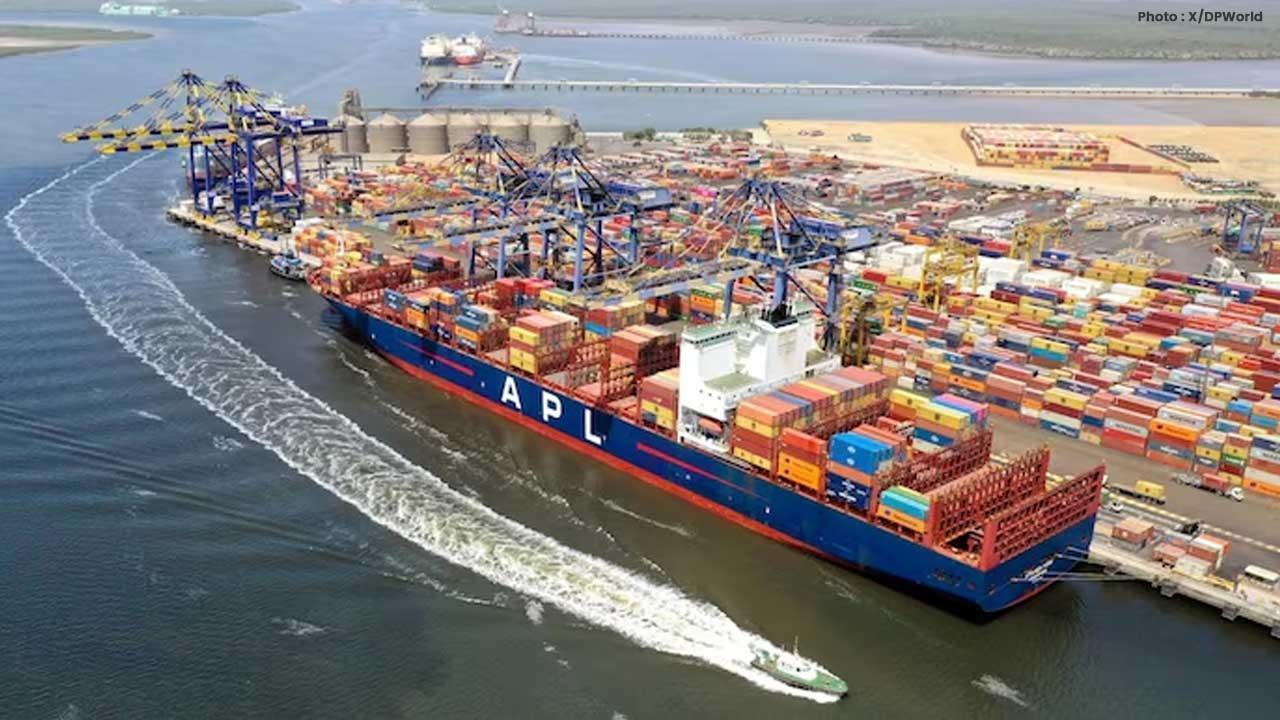
Join 10k+ people to get notified about new posts, news and tips.
Do not worry we don't spam!

Post by : Anis Farhan
Global economic shocks in recent years—from the COVID-19 pandemic to geopolitical tensions and climate-induced disruptions—have revealed the vulnerabilities of highly interconnected economies. Nations that relied heavily on global supply chains for critical goods, from medical equipment to semiconductors, found themselves exposed when borders closed and production lines faltered. In response, many governments are revisiting industrial policies, investing in domestic manufacturing, and reshaping strategies to reduce dependency on foreign suppliers. The return to industrial policy represents a significant shift from decades of laissez-faire globalization toward proactive economic planning and resilience building.
Industrial policy involves government measures designed to support specific sectors, industries, or technologies to achieve broader economic, social, or strategic objectives. Historically, such policies were central to the industrialization of nations like Japan, South Korea, and Germany in the 20th century. However, the late 20th century saw a shift toward liberalization, deregulation, and global supply chain integration.
The recent series of global shocks has challenged this model. Disruptions in supply chains, skyrocketing shipping costs, and shortages of critical goods have demonstrated that relying solely on international markets for essential products carries significant risks. Governments now recognize that strategic industries—including semiconductors, pharmaceuticals, renewable energy, and advanced manufacturing—require protection, investment, and domestic capability to safeguard national interests.
Several factors have propelled the renewed focus on industrial policy:
Supply Chain Vulnerabilities: The COVID-19 pandemic highlighted bottlenecks in essential goods production. Industries that had offshored key components were unable to meet domestic demand, prompting calls for reshoring and localized production.
Geopolitical Tensions: Rising competition among major powers has made the security of strategic industries a national priority. Export restrictions, tariffs, and sanctions have disrupted markets, emphasizing the need for self-reliance.
Technological Sovereignty: Emerging technologies—such as artificial intelligence, semiconductors, and green energy solutions—are critical to economic competitiveness. Governments are investing in domestic innovation ecosystems to secure technological leadership.
Economic Resilience: Industrial policy is increasingly seen as a tool to ensure economic stability, create high-quality jobs, and maintain manufacturing capabilities that can buffer against external shocks.
Climate and Sustainability Goals: The transition to renewable energy and sustainable infrastructure requires domestic capabilities in clean technologies, prompting nations to build localized industries in areas like solar panels, batteries, and electric vehicles.
Different countries are adopting industrial policies tailored to their unique circumstances, capabilities, and strategic objectives.
The United States has launched significant initiatives to revitalize domestic manufacturing and secure strategic industries. The CHIPS and Science Act, for instance, focuses on boosting domestic semiconductor production, ensuring supply chain security, and supporting innovation. Additionally, federal investment in green technologies and electric vehicle manufacturing aligns industrial policy with climate objectives. The U.S. approach emphasizes public-private partnerships, incentives for domestic production, and reshoring of critical industries.
The European Union has implemented industrial strategies that prioritize technological sovereignty and climate transition. The EU’s Green Deal and Industrial Strategy aim to create resilient supply chains for critical sectors, reduce dependence on imports for strategic materials, and accelerate the transition to clean energy technologies. By fostering regional cooperation, innovation hubs, and investment in high-value manufacturing, the EU seeks to balance competitiveness with sustainability.
China has long pursued industrial policies to achieve technological self-sufficiency and global competitiveness. Programs such as “Made in China 2025” focus on upgrading manufacturing capabilities in sectors like robotics, aerospace, and electric vehicles. While China continues to integrate with global supply chains, its policy emphasizes domestic production capacity, strategic investment, and long-term planning to reduce dependence on foreign technologies.
India has increasingly adopted industrial policies to attract investment, boost domestic manufacturing, and create jobs. Initiatives like “Make in India” and the production-linked incentive (PLI) scheme aim to expand capabilities in electronics, pharmaceuticals, and renewable energy. India is also seeking to strengthen supply chain resilience and enhance export competitiveness while promoting innovation and domestic entrepreneurship.
Countries like Vietnam, Thailand, and Indonesia are pursuing industrial strategies to attract investment in manufacturing, diversify production, and integrate into regional value chains. Policy measures include infrastructure development, investment incentives, skills training, and targeted support for high-tech industries. By balancing domestic growth with export competitiveness, these nations aim to capture new opportunities in global markets.
Several industries are at the forefront of industrial policy and re-industrialization efforts:
Semiconductors: Global shortages have made semiconductor production a top priority for economic and national security. Nations are investing in fabs, research, and development to reduce reliance on foreign suppliers.
Pharmaceuticals: The pandemic revealed vulnerabilities in medical supply chains. Governments are incentivizing domestic production of essential drugs, vaccines, and active pharmaceutical ingredients.
Green Technologies: Batteries, solar panels, wind turbines, and electric vehicles are central to industrial strategies, ensuring nations can achieve climate goals while maintaining technological leadership.
Advanced Manufacturing: Robotics, aerospace, precision engineering, and 3D printing represent sectors where industrial policy can drive competitiveness and innovation.
Critical Materials: Rare earth minerals, lithium, and other strategic resources are essential for technology and energy applications, prompting nations to secure domestic supply or reliable trade partnerships.
Governments employ a variety of mechanisms to implement industrial policies effectively:
Subsidies and Tax Incentives: Financial support for domestic manufacturing, research, and innovation.
Public Investment: Direct government investment in critical infrastructure, research labs, and industrial parks.
Trade Policies: Tariffs, export restrictions, and trade agreements that favor strategic industries.
Regulatory Support: Streamlining approvals, standardization, and certification processes to facilitate growth.
Skills Development: Training programs and education initiatives to build a skilled workforce for advanced manufacturing and emerging technologies.
While industrial policies offer significant advantages, they are not without challenges:
Risk of Inefficiency: Government intervention may lead to misallocation of resources or support for industries that lack competitiveness.
Trade Conflicts: Protectionist measures can provoke retaliation, disrupting global trade and investment.
Technological Catch-up: Emerging industries require sustained innovation and expertise, which may take decades to develop.
Environmental Concerns: Expanding manufacturing capacity without environmental safeguards can exacerbate climate and ecological issues.
Balancing Global Integration: Nations must reconcile industrial policy with commitments to global trade and international cooperation.
The effectiveness of industrial policy is often evaluated based on economic resilience, technological advancement, and domestic employment generation. Key indicators include:
Supply Chain Security: Reduced dependency on imports for critical goods.
Innovation Output: Growth in patents, research publications, and technological breakthroughs.
Employment Generation: Creation of high-quality jobs in strategic sectors.
Export Competitiveness: Enhanced global market share for domestically produced goods.
Sustainability Alignment: Integration of environmental and climate objectives in industrial strategies.
The global shift toward industrial policy is likely to continue in response to ongoing disruptions and geopolitical uncertainties. Emerging trends include:
Regional Collaboration: Cross-border industrial policies and alliances to enhance supply chain resilience and technological development.
Integration of Digital Technologies: Smart manufacturing, AI-driven production, and automation as central components of industrial strategies.
Resilience Planning: Governments are increasingly considering scenario planning and risk assessments to prepare for future shocks.
Innovation Ecosystems: Public-private partnerships, research hubs, and venture capital investment to drive innovation.
Sustainable Industrialization: Emphasis on decarbonization, circular economy practices, and green technologies.
Semiconductors exemplify the critical need for re-industrialization. Shortages in 2020 and 2021 disrupted industries from automotive to consumer electronics. In response, nations such as the United States, European Union members, Japan, and South Korea invested heavily in domestic fabs, research, and workforce development. These initiatives not only reduce vulnerability but also enhance technological leadership in an industry that underpins nearly every modern technology.
As nations pursue re-industrialization, the global trade landscape is shifting. Supply chain diversification, regionalization, and domestic investment are reshaping trade flows. While globalization remains important, countries are increasingly balancing international engagement with strategic autonomy. Industrial policy, therefore, is both an economic and geopolitical tool, influencing international relations and competitive dynamics.
The return to industrial policy reflects a profound rethinking of economic strategy in a world increasingly defined by shocks and uncertainty. Nations are rediscovering the value of domestic manufacturing, strategic industry protection, and innovation-driven growth. Industrial policy is no longer a relic of the past but a forward-looking approach to resilience, competitiveness, and sovereignty.
By investing in critical sectors, fostering innovation ecosystems, and ensuring supply chain security, countries aim to navigate the complexities of the modern global economy. While challenges remain—including efficiency risks, trade tensions, and environmental concerns—the strategic return to industrial policy underscores a fundamental lesson: in an unpredictable world, self-reliance, foresight, and strategic planning are indispensable tools for national prosperity and stability.
This article is intended for informational purposes only. It summarizes publicly available trends and policy developments in industrial strategy and does not constitute legal, financial, or professional advice.










Mitchell Marsh Backs Aggressive Plan Ahead of India T20 Series
Australia captain Mitchell Marsh says his team will continue playing fearless cricket as they prepar

Smriti Mandhana Becomes World’s No.1 ODI Batter
India’s Smriti Mandhana rises to No.1 in ICC Women’s ODI rankings with a career-best rating of 828 a

Suryakumar Yadav Focuses on Team Spirit and Fielding Goals
India captain Suryakumar Yadav stresses teamwork, energy, and stronger fielding efforts ahead of the

Sherwood Leads Canucks to Overtime Win Against Oilers
Kiefer Sherwood scored twice, including an overtime winner, as Vancouver Canucks defeated Edmonton O

Freeman Leads Dodgers to 6-5 Thriller Over Blue Jays
Freddie Freeman’s 18th-inning walk-off homer gives the Dodgers a thrilling 6-5 win over the Blue Jay

Bayern Target Another Victory in German Cup Match
Bayern Munich look to continue their perfect start to the season with a German Cup clash against Col